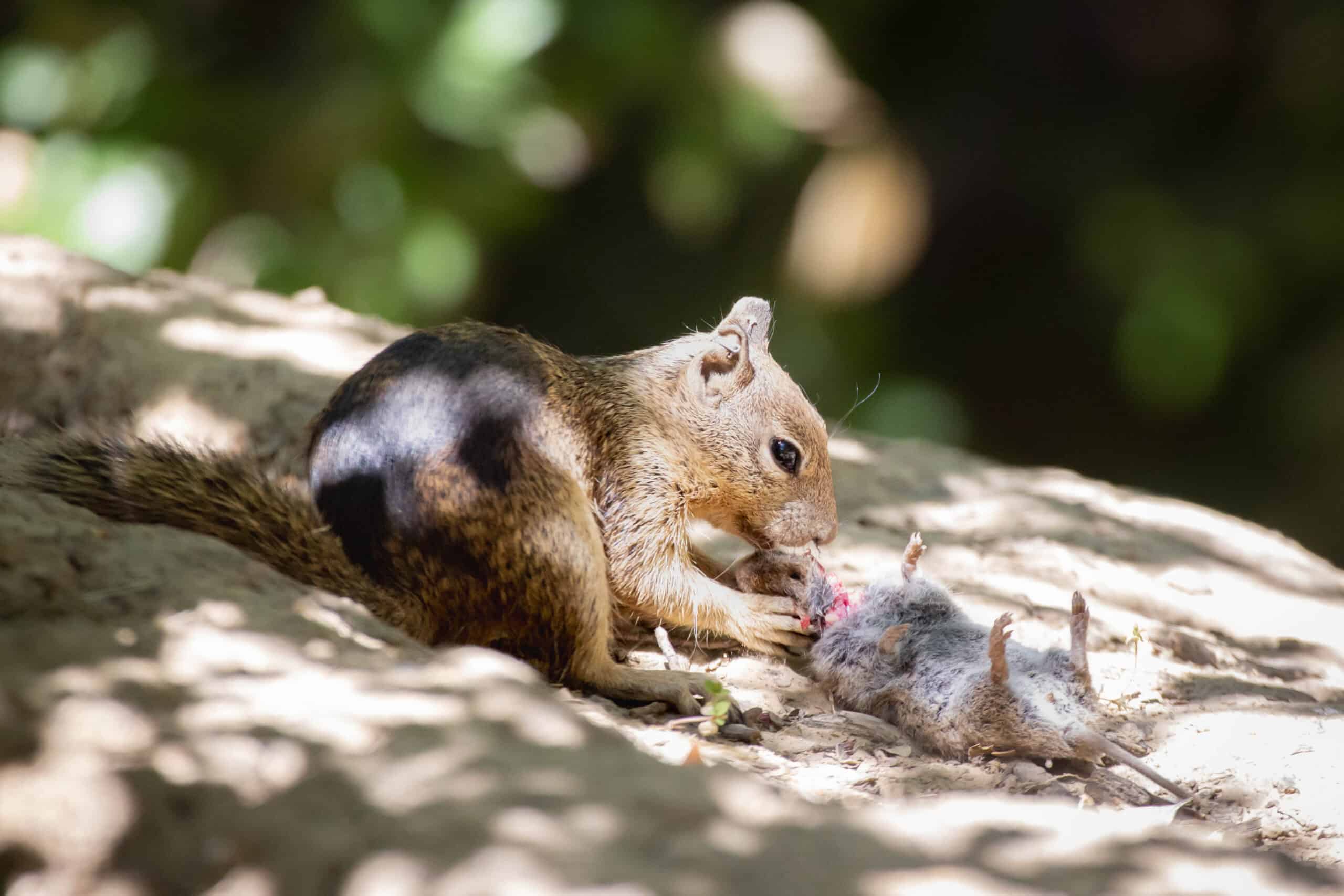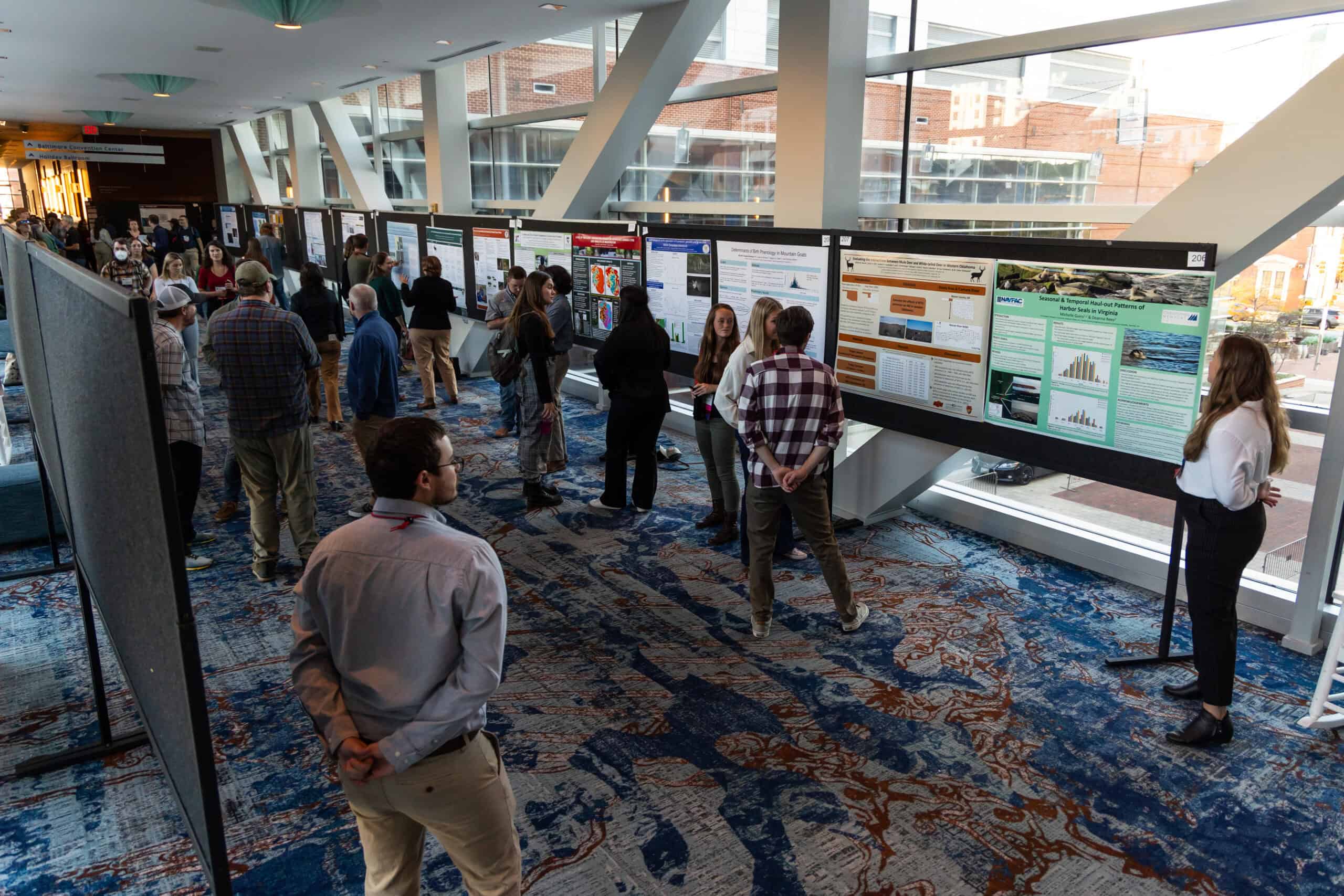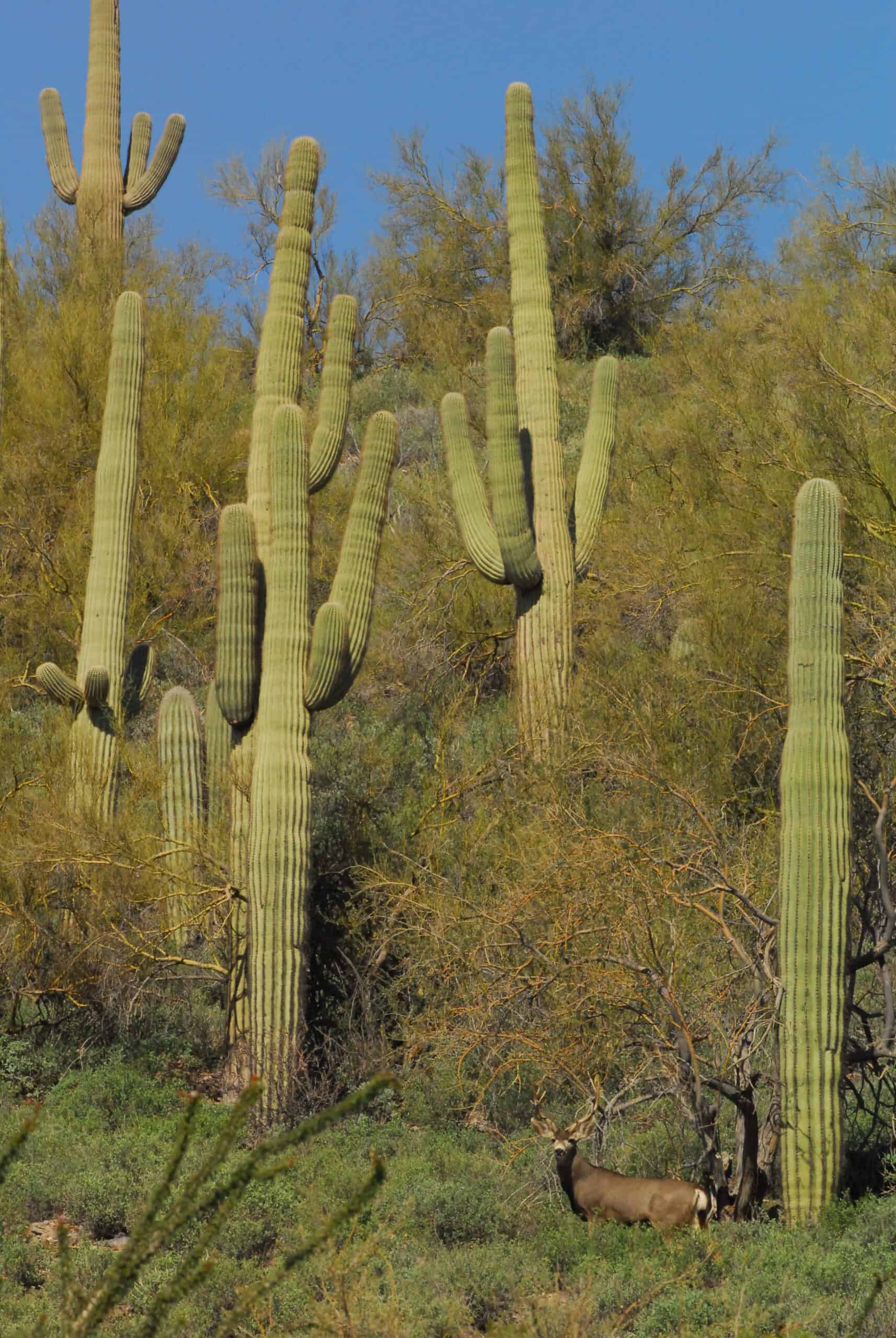Share this article
Atlanta residents welcome pollinators to their urban gardens
The next time you bite into a juicy pear, thank the bees buzzing outside. Thirty-five percent of the world’s crop production depends on pollinators like birds, bees, bats and butterflies. However, pollinator populations are declining, especially in and around cities. In the greater Atlanta area, the housing boom of the 1990s and the early 2000s uprooted approximately 400,000 acres of pollinator habitat with structures, lawns, and roads. That, in turn, contributed to an increased use of pesticides, which kill pests but also beneficial insects. To address drastic declines in insect populations, scientists and conservationists are finding ways to grow pollinator-friendly sites in urban areas.
Cue GAPP, or the Greater Atlanta Pollinator Partnership, a Forest Service collaboration designed to foster pollinator habitat in the region. The project encourages citizens to be friends to pollinators by planting native species and establishing community gardens in their neighborhoods and schools.
“It started in 2009 when the regional forester said she wanted a pollinator garden in Atlanta,” said Dennis Krusac, coordinator for both NatureWatch and Pollinator Conservation in the agency’s Southern Region. “So I went home and sat down with my wife, [Jackie Belwood], who’s a Ph.D. entomologist, and we got out our computers along with a bottle of wine. And in a couple of hours, we came up with the conceptual framework for a 1.2-million-acre pollinator conservation project.”
That area includes all major public lands in metropolitan Atlanta and thousands of individual residences. GAPP informs those residents about which plants are pollinator-friendly.
“Even if you’re on the 20th floor of a condo in Atlanta, you can still have a pollinator garden if you have a balcony,” Krusac said. “And if you’re going to plant a garden anyway, let’s have you plant the right things.”
Planting for Pollinators
For a pollinator garden to work, its winged guests need two things: a food source and opportunities to reproduce in a pesticide-free environment.
GAPP’s website provides information on what to plant and how to cultivate a habitat for pollinator reproduction.
Milkweeds, for instance, are the only plants on which monarch butterflies lay their eggs. Native milkweeds— and thus monarchs—have been negatively affected by human development throughout North America, including in Atlanta. Planting native milkweed species such as Asclepias tuberosa and Asclepias incarnate provides excellent caterpillar host plants and nectar plants for adult butterflies as they stop in Atlanta to breed in early spring. These flowers also produce abundant nectar over a long period of blooming, feeding a diverse array of pollinating insects.
Changing the Landscape
After growing pollinator-friendly plants, Atlanta residents can go on the GAPP website, to chart their garden on an interactive map. To date, more than 300 pollinator gardens are registered.
The Forest Service project has partnered with institutions, such as Georgia State University, and organizations like the National Wildlife Federation and the Atlanta Botanical Garden. Once like-minded organizations spread the word to their members, many more became involved. Community and school gardens started to spring up and bring promising sights along the way.
“We have done some work with Truly Living [Center for Natural Urban Agriculture]; I helped them with a pollinator summer camp for kids a couple of years ago,” said Krusac. “And we observed an American bumble bee — which is an uncommon and declining species — in the heart of downtown Atlanta, surrounded by a sea of concrete. It was in this little 3-acre oasis.”
GAPP also inspired the city of Chattanooga, Tennessee, to design their own system of mapping and educating the public about pollinator gardens. They call their project CHAPP, or the Chattanooga Area Pollinator Partnership.
GAPP provides a way to map and record the pollinator gardens in Atlanta, demonstrating the expansion of pollinator habitat on the landscape. In the future, Krusac hopes to incorporate citizen science projects where volunteers can observe and share which pollinators are visiting their gardens and when, to better understand the impact of the project.
You can contribute now by recording your gardens’ visitors and submitting those observations to a citizen science project. The PollinatorLive website has a list of citizen science projects that are contributing to pollinator research. Learn more about pollinators and how to help them by visiting www.pollinator.org, and watch a video featuring Krusac on Growing a Greener World – Gardening for Butterflies and Other Beneficial Insects.
This article was originally published by the U.S. Forest Service as a news release, which is available here.
Header Image: A monarch butterfly held in hand. ©USFS








